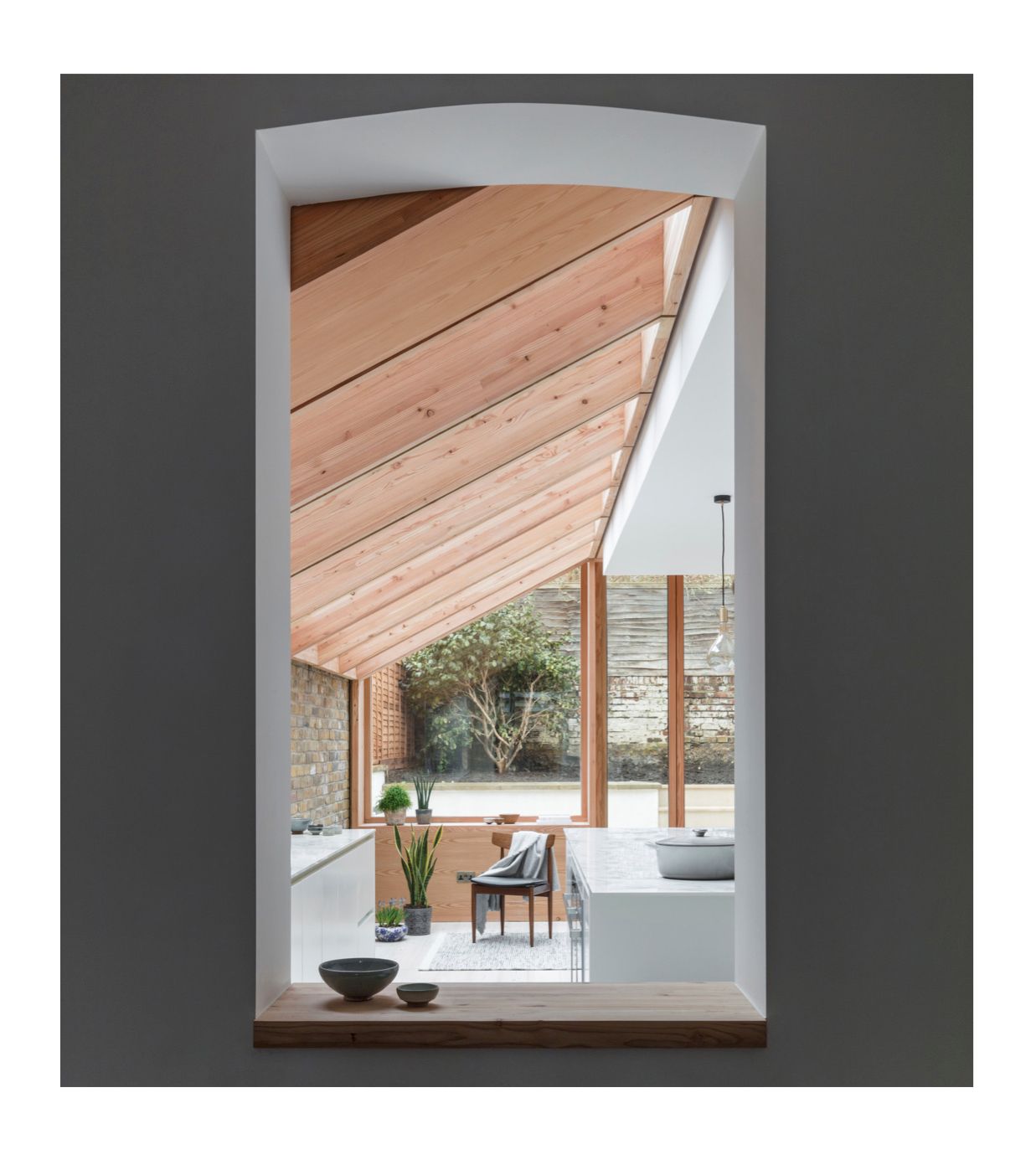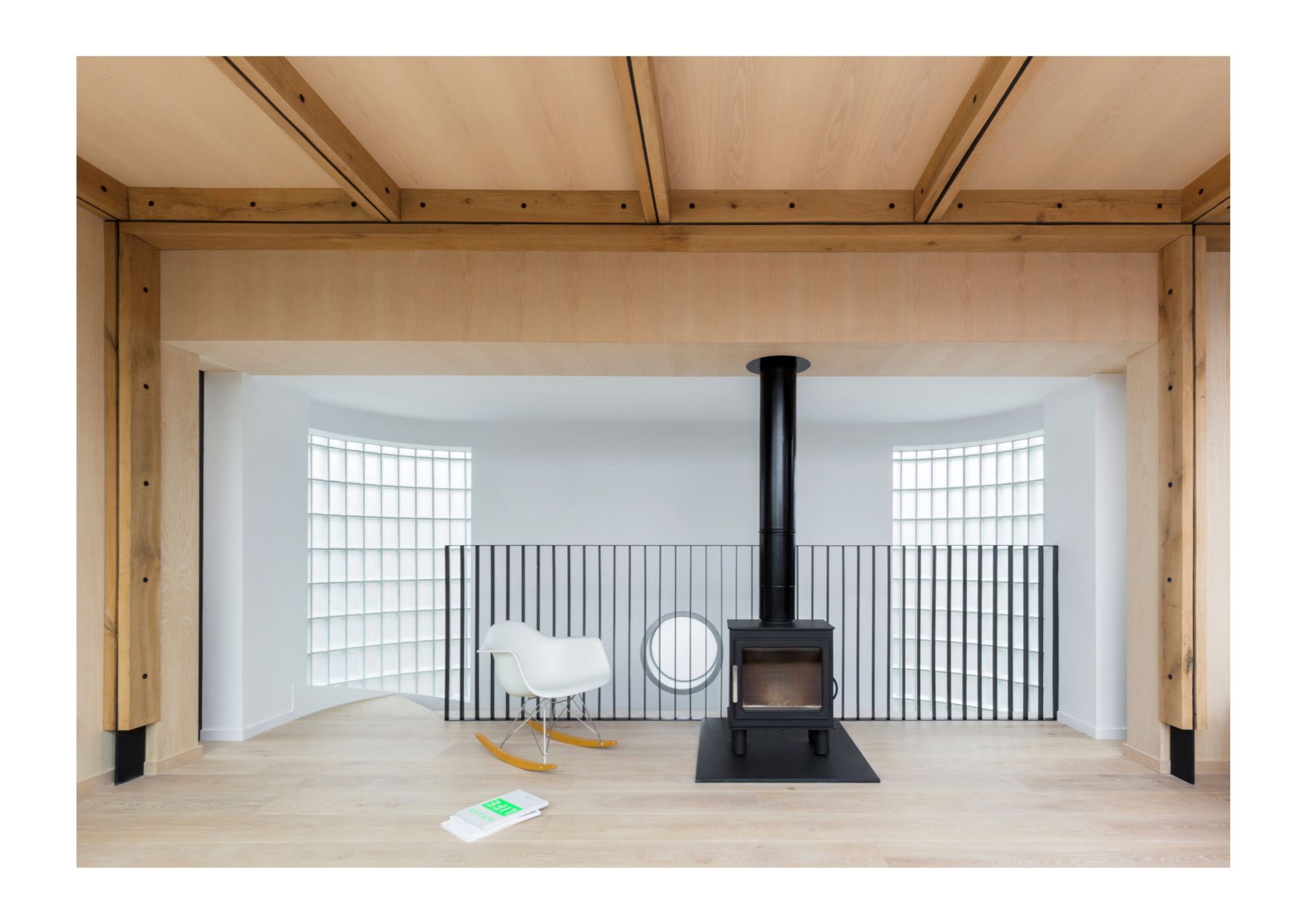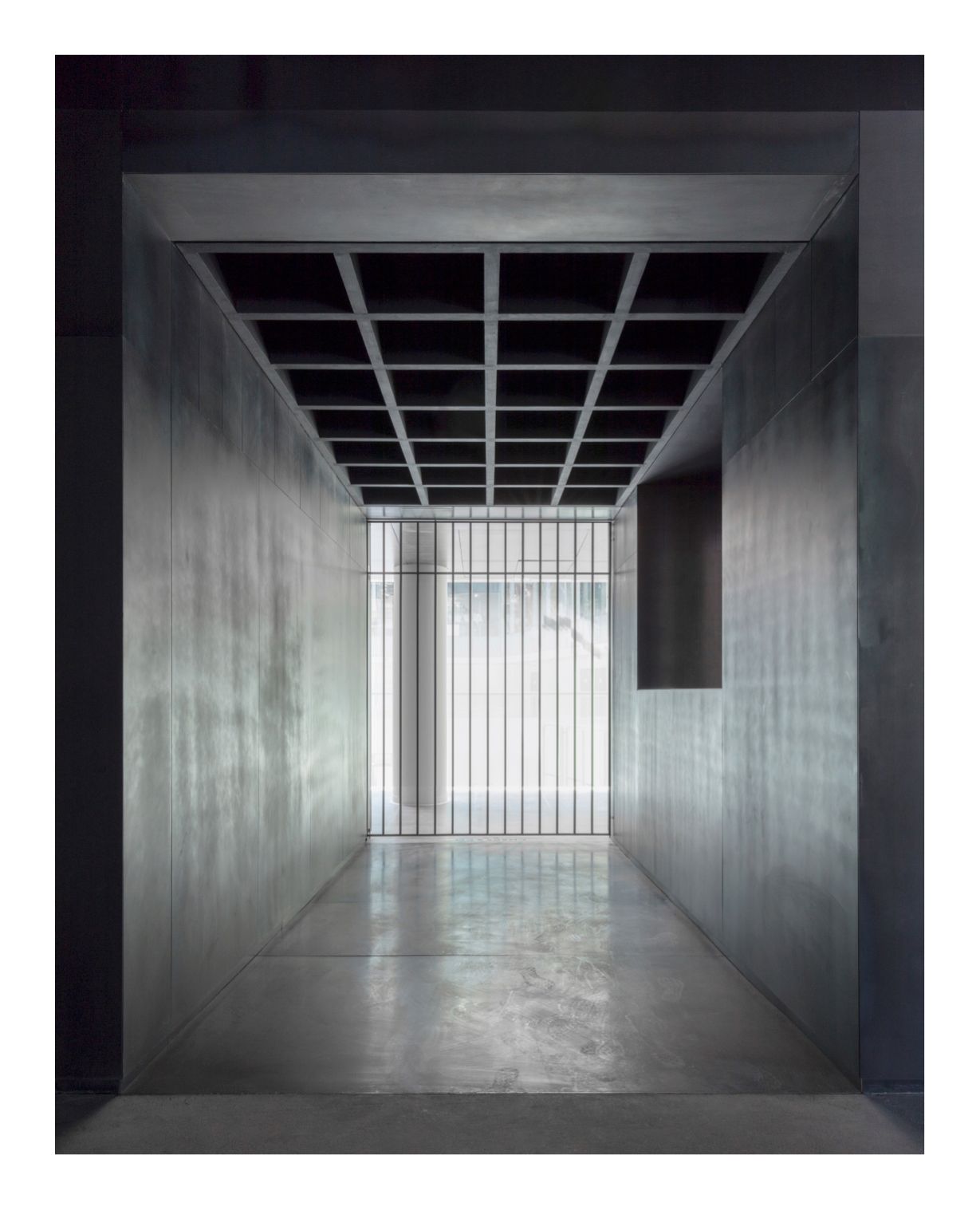
The acclaimed architect and photographer Nicholas Worley is one of our key creative contributors at House Collective and is renowned for his beautifully constructed images of iconic buildings, landscapes and interiors all over the world. Here, he talks to Collective Culture exclusively about the marriage of a design focused consciousness with the photographic image, and tells us why the key to true beauty lies in imperfect symmetry.
Can you pinpoint anything in your childhood that set you out on your career path?
When I was about 12 years old I had to fill in this very prescriptive sort of personality test that would come back with a recommendation of what you should do for a career. Mine said I should either be an architect or a lawyer–I guess they couldn't pinpoint exactly what it is you wanted to do at 12 years old (laughs), but the answers would definitely lead you on creative, or non-creative paths. I was very artsy, and architecture was the more attractive of the two options. I didn't really question it. When I got to university, I realised that architecture is much more about art than it is engineering, and that realisation coincided with my burgeoning photography interests. I always used to take a camera my mother had bought me on field trips, and I was just amazed at the images you could produce out of this little object in your hand. I was fascinated by the image making process.

How do the disciplines of photography and architecture coalesce in your work?
There's always been a weird symbiosis between the two disciplines in my head, and I have always sort of twin tracked them over the last 20 years. With an architectural education, you get a solid understanding of design and you can apply the principles you learn to lots of areas. As an architect, you would typically draw a whole series of two-dimensional drawings to describe the composition of a building, for example, and I tend to photograph in the same way. I think in an almost two-dimensional, flattened plane of colour, texture and objects, so you'll very rarely see a photograph that's from the corner of a room in my photography. I'm always shooting straight on and I spend a long time arranging and balancing the composition, which has come from my architectural education. I'm effectively creating an elevation in my imagery.

What for you are the fundamentals of really great design and photography?
Great design makes you feel something when you encounter it–you walk into a space and it has a noticeable impact on how you feel. A successful space is one that you can stay in for hours and not go stir crazy, but rather feel comfortable and relaxed. People tend to talk a lot about symmetry creating balance in design, but symmetry doesn't exist in nature, and I believe the asymmetry of the natural world holds some sort of key to beauty. In terms of photography, I remember being particularly impressed by the work of Ansel Adams when I was young. I was interested in the way that his love of natural landscapes really set the bar for the medium. I also love the environmentally conscious work of Edward Burtynsky. My true passion is landscape photography, and very often I will try to find the orthogonal in shooting a landscape–even the way I see nature is quite architectural and design led. I suppose I try to achieve a certain level of composition in all my imagery that–while not replicating nature–aims to produce a similar feeling.

How do you approach shooting somebody’s home?
When I shoot somebody's home, I’ll spend time getting to know the owners before setting the stage, and I aim to achieve a set of images that not only feel inviting, but also celebrate light and the textural and tonal qualities of the space. I find real inspiration and delight in that process, from beginning to end, and I suppose that holds true for everything I shoot. I mean, I really enjoy shooting, but when I get back to my home studio and load the images on the computer that's where the magic happens. That's where I get really excited about what's emerging in this sort of gradual discovery. I'm not a photographer who takes a photograph and it's done–I have to bring it back and then start with the whole post-processing side of things, and that's where my images really come to life.